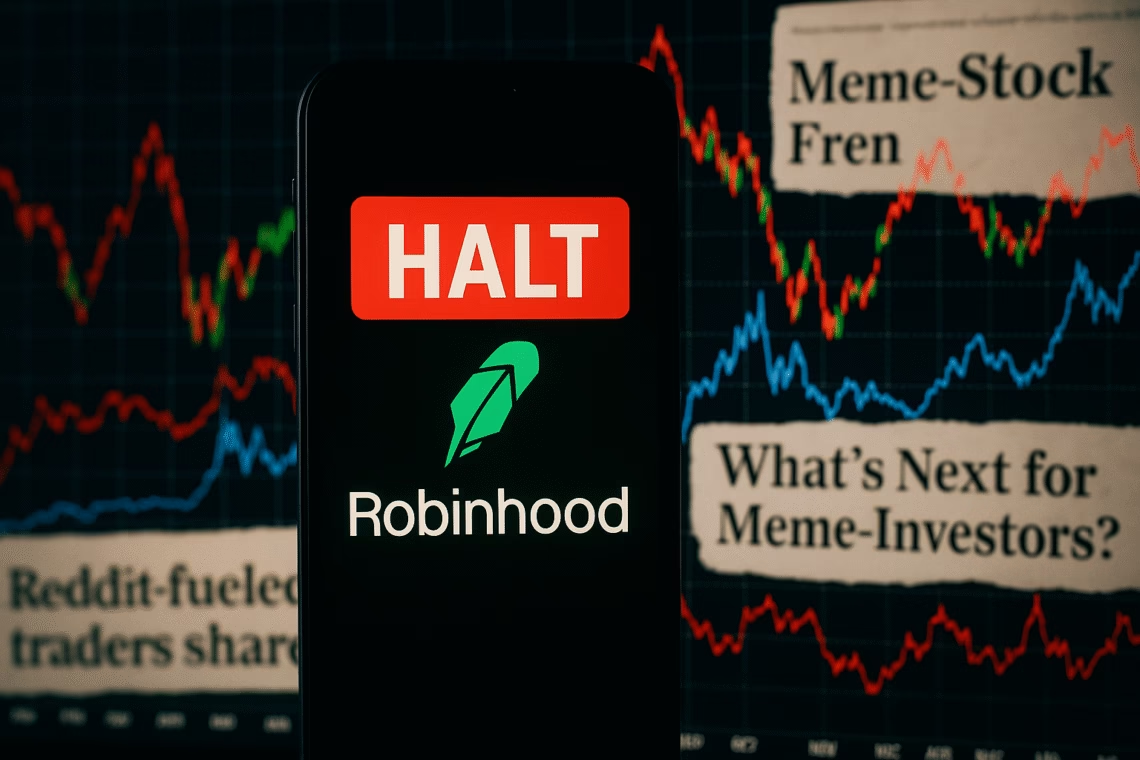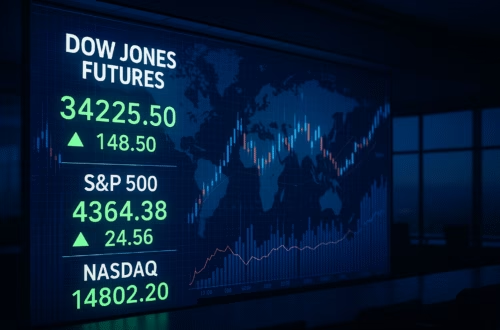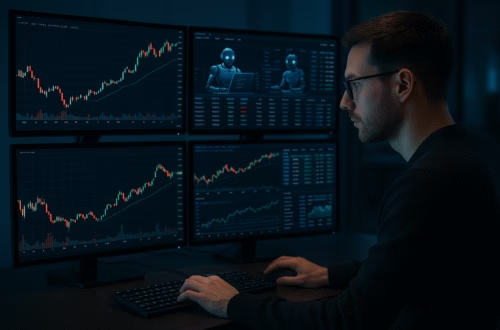In January 2021, Robinhood Markets (Robinhood) made headlines worldwide when it temporarily restricted buying of certain heavily shorted stocks (like GameStop and AMC Entertainment Holdings) amid extraordinary surges in retail investor interest. The phrase “robinhood halting trades” became shorthand for a broader set of issues: retail versus institutional dynamics, broker-risk management, and regulatory scrutiny.
The relevance continues today because:
- It underscores how broker platforms manage risk and liquidity in volatile markets.
- It reminds retail investors that access is never absolutely unrestricted — platform mechanisms and rules apply.
- It ties into emerging themes: automation, algorithmic strategies, derivative offers, and how tools like PickMyTrade could be used.
- It raises questions about fairness, transparency and platform responsibility in modern brokerage.
What happened in 2021 (the original halt)
The surge & context
Retail traders — many active on platforms like r/WallStreetBets — piled into stocks that had high short‐interest (e.g., GameStop, AMC). The “meme-stock” surge triggered sharp moves and large exposures for hedge funds.
This set the stage for major market stress and broker implications.
Robinhood’s actions
- Robinhood and other brokers limited or halted buying of certain stocks, while often still allowing selling.
- In effect: you could offload shares, but buying them was blocked or restricted for a time.
- The company framed the restrictions as risk management measures and fulfilling obligations to clearing firms and regulatory/capital requirements.
The backlash & legal fallout
- Users, lawmakers and the public reacted strongly, arguing the restrictions favoured institutional interests and penalised retail traders.
- Class action lawsuits were filed. Key regulators investigated broker practices.
- Robinhood’s own published support page on “Trading halts on specific symbols” allows users to view positions during a halt — but doesn’t guarantee full trading freedom.
- In March 2025 Robinhood agreed to pay around US $29.75 million to settle probes by the Financial Industry Regulatory Authority (FINRA), including failures in supervision related to the January 2021 events.
The stated reasons
Robinhood cited:
- Clearing-house/margin and capital demands on certain volatile stocks.
- Risk of extreme volatility and requirement to protect user positions and the platform.
- Platform rules also include standard day-trading rules (e.g., pattern day-trader rule for accounts under US$25,000) as an additional layer.
While some pointed to potential conflicts of interest (e.g., its relationship with Citadel Securities or hedge funds) those were formally denied.
What’s changed since then: “robinhood halting trades” in 2024-25
Trading-halt policy & broader risk regime
- Robinhood’s own support pages still emphasise that “trading halts” may be initiated due to news, regulatory action, or exchange limits.
- Exchanges like the New York Stock Exchange (NYSE) publish lists of symbols currently halted.
- In February 2025, Robinhood halted the rollout of its Super Bowl prediction/event contracts after a formal request by the Commodity Futures Trading Commission (CFTC). That’s not a classic “meme-stock” halt, but illustrates the breadth of “access restriction” contexts.
Regulatory enforcement and settlements
- As noted above, the 2025 FINRA settlement followed the 2021 episode, indicating continued regulatory interest in platform behaviour under stress.
- Robinhood remains under scrutiny for its business model (e.g., “payment for order flow”) and how it manages retail risk and access.
What this means for you (retail investor & automation side)
- Halts or restrictions are not purely speculative; they reflect capital/margin/clearing/market-structure constraints.
- For someone using tools like PickMyTrade (which automates alerts/trades based on triggers), you must design contingency plans when a platform restricts buying or certain symbols:
- Alert yourself when a symbol hits an exchange halt or broker restriction.
- Ensure your automation logic doesn’t attempt trades in symbols currently restricted — else you risk errors or missed execution.
- Maintain diversification so you’re not overly reliant on a single stock or “hot” theme that may be temporarily banned or restricted.
- Use automation for trade execution, but include a layer of logic for pre-trade checks (is the symbol allowed? does margin/clearing risk exist?).
- Keep in mind: automation doesn’t override platform rules. Even the best alert won’t execute if the platform blocks the trade.
Click Here To Start Futures Trading Automation For Free
How PickMyTrade fits in & gives you an edge
If you’re deploying an automated system like PickMyTrade (integrating TradingView alerts with execution via Tradovate or a broker API), then understanding “robinhood halting trades” becomes part of your risk architecture. Here’s how:
- Alert layer – Use TradingView to trigger when your strategy meets criteria (e.g., pivot point break, supply/demand zone).
- Pre-execution check – Before sending to broker, verify: symbol is not under any buy restriction/halt; margin or clearing flags are OK; the broker allows automation/trading at that time.
- Execution layer (PickMyTrade) – If all checks pass, execute via Tradovate or your broker. If not, #Abort or shift to backup symbol.
- Post-trade surveillance – In case a broker imposes a halt mid-trade, your automation must handle partial fills, cancellations, stop-loss orders or manual override.
- Diversification & fallback logic – Know that even major platforms like Robinhood may restrict access; your system should be multi-broker or at least have fallback rules (e.g., pivot to another symbol or ETF).
By embedding “halt awareness” into your automation, you transform a historical “robinhood halting trades” lesson into proactive protection for your strategy.
Key takeaways
- The “robinhood halting trades” phenomenon is more than a meme-stock moment. It’s a structural lesson about broker risk, platform policy, clearing/ margin dynamics and retail access.
- While the original 2021 restrictions grabbed headlines, the principle still lives: automated systems must assume access may be limited temporarily.
- Retail investors and algorithmic/automation traders (like those using PickMyTrade) gain by building layers of pre-trade logic, exception handling, and fallback plans.
- Regulation and broker platforms will continue to evolve — staying aware of policy updates, exchange rules and automation compatibility is key.
- Ultimately: Access to a trade doesn’t always mean execution is straightforward. Being ready for “what if access is blocked” is as important as the trade setup itself.
FAQ – Most Asked Questions on “robinhood halting trades”
In late January 2021 Robinhood restricted buying (but often allowed selling) of certain stocks like GameStop, AMC, Nokia, Blackberry due to extreme volatility and margin/clearing issues.
Robinhood cited risk-management, clearing house demands, higher margin requirements, and platform capital buffering under stress.
There were strong criticisms and multiple lawsuits claiming unfair treatment of retail investors. Regulatory bodies investigated. Robinhood later settled enforcement actions (for example with FINRA).
Yes — platforms and exchanges still impose trading halts (for example when news releases flood a stock, or when the ticker hits limit-up/limit-down rules). Broker-specific restrictions (e.g., buy blocks) also remain possible.
No — any broker/platform might impose restrictions under stress or regulatory/clearing pressure. Robinhood’s case is very visible but not unique.
Also Checkout: Automate TradingView Indicators with Tradovate Using PickMyTrade





